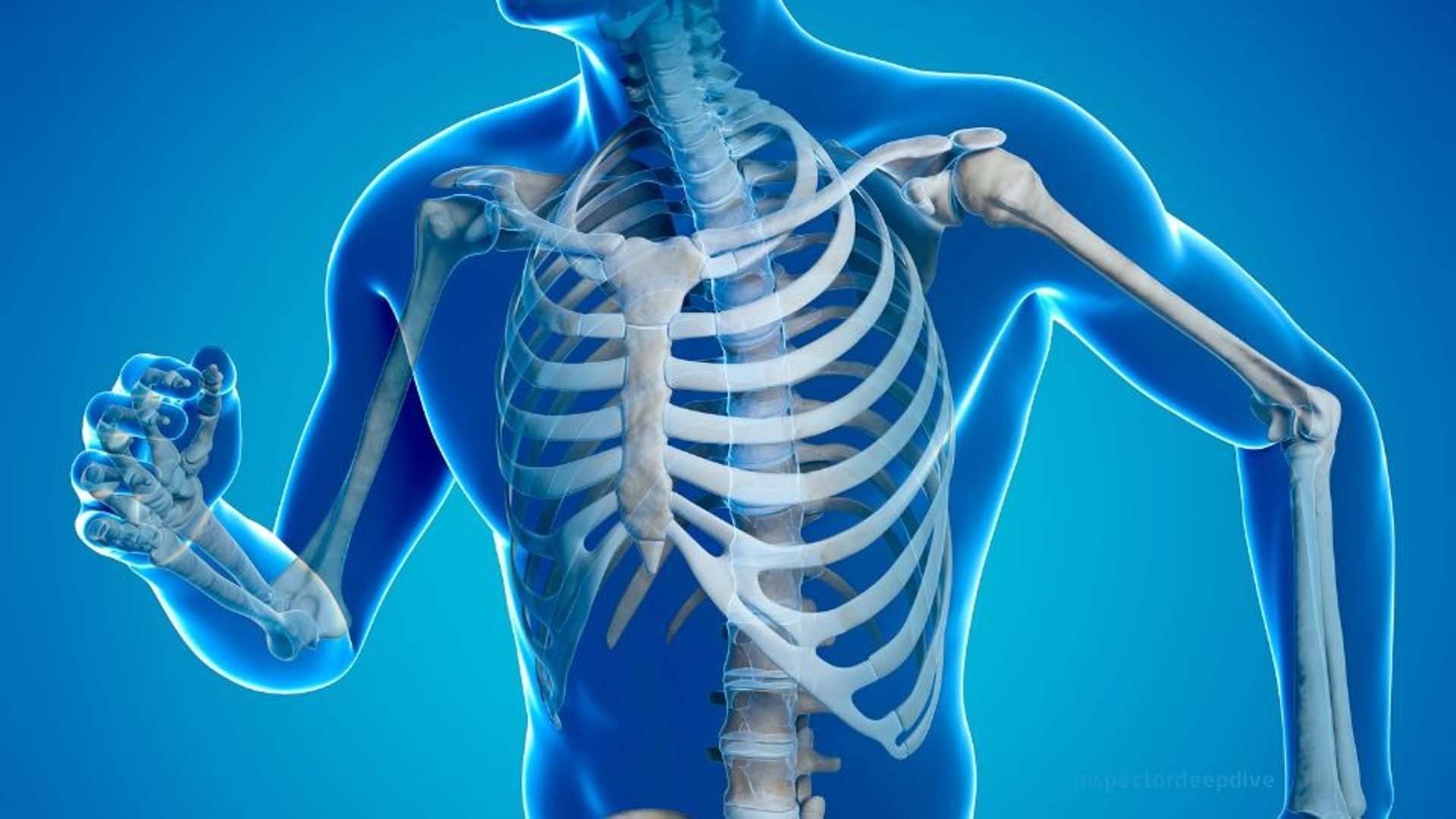
Phosphorus for Bone Health and Energy Metabolism

Name the Mineral: Phosphorus
What Is Phosphorus
Phosphorus is an essential mineral required for many physiological functions. It is the second-most abundant mineral in the human body after calcium and is found mostly in bones and teeth, with the remainder in cells and blood.
What Does Phosphorus Do for the Body
Bone structure: combines with calcium to form hydroxyapatite crystals that give bones and teeth strength.
Energy production: central to ATP (adenosine triphosphate), the body’s primary energy molecule.
Cell function: a component of phospholipids that form cell membranes and enable nutrient transport.
DNA & RNA synthesis: required for the backbone of genetic material.
pH balance: participates in buffering systems that regulate acid–base status.
Synergy: works with calcium, vitamin D, magnesium (bone health) and B vitamins (energy metabolism).
How Phosphorus Is Absorbed in the Body
Primary site: small intestine (passive diffusion + active transport).
Typical absorption: -50–70%, influenced by vitamin D status and dietary calcium:phosphorus ratio.
Enhancers: adequate vitamin D, normal dietary fat, healthy gastric acidity.
Inhibitors: antacids (bind phosphate), some iron supplements taken concurrently, very high short-term calcium.
Great Food Sources of Phosphorus (Values shown per 50 g portion ordered high to low)
Note: these values are approximate and based on typical nutrient-content references; 50 g = 50 ml for liquids like milk.
Brazil nuts: 363 mg per 50 g
Parmesan cheese: 290 mg per 50 g
Whole milk: 124 ml per 50 ml
Cooked salmon: 113 mg per 50 g
Cooked lentils: 90 mg per 50 g
Chicken breast (cooked): 80 mg per 50 g
Cooked spinach: 75 mg per 50 g
Additional good sources (no 50 g values listed here): eggs, tofu, quinoa, pumpkin seeds, many dairy products. Bioavailability varies between foods (animal sources generally more bioavailable than some plant sources).
Average Daily Requirements of Phosphorus
Adults: 700 mg/day
Adolescents (rapid growth): up to -1,250 mg/day (age-specific recommendations vary)
Pregnant/Lactating: typically similar to adult needs, with higher requirements during adolescent pregnancy or special clinical circumstances
Signs You’re Getting Enough
Healthy bone density, normal energy levels, appropriate muscle function, normal wound healing.
Deficiency: Signs, and Correction Time
Rare in well-nourished people; risk in malnutrition, chronic alcoholism, refeeding syndrome, some medical conditions.
Signs: bone pain/fragility, fatigue, muscle weakness, reduced appetite.
Correction: often improves in 4–8 weeks with dietary changes and/or supplements under medical supervision.
Supplements: Dosage, and Safety
Take with meals to enhance absorption.
Common supplemental forms: sodium phosphate, potassium phosphate, or multivitamin/mineral blends.
Typical supplemental range when indicated: 500–1,000 mg/day; avoid persistent intake above ~3,000 mg/day without medical supervision.
Who may need them: selected patients with malabsorption, some dialysis patients (under clinical care), or clinically diagnosed deficiency.
Risks of excess: hyperphosphatemia, kidney strain, calcium imbalance, soft-tissue/cardiovascular calcification in susceptible people.
Interactions and Lifestyle Factors
Medications: diuretics (increase excretion), antacids (decrease absorption), corticosteroids (affect bone mineralization).
Lifestyle/health: smoking, gut disease (e.g., Crohn’s), very low-fat diets can impair absorption; heavy metals can interfere.
Cooking, Processing, and Environmental Notes
Boiling causes minimal loss (~5–10% for many foods).
Overcooking can reduce phosphorus availability in some plants.
Processed foods often contain inorganic phosphate additives that substantially increase available phosphorus and may lead to excessive intake.
Myths, Fun Facts, and Sustainability
Myth: “Phosphorus is only in meat.” False; legumes, nuts, dairy and seeds are good sources (bioavailability varies).
Fun fact: discovered in 1669 by Hennig Brand.
Sustainability: algae-based supplements and responsibly farmed crops offer lower-impact options; fermented plant foods boost availability in vegan diets.
Tailored Advice
Athletes: distribute phosphorus-rich foods across meals, pair with magnesium and adequate calories to support ATP and recovery.
Children: ensure sufficient intake during growth spurts; follow pediatric guidance.
Elderly: monitor serum phosphorus alongside calcium and vitamin D; adjust diet/supplementation per clinician advice.
How to Track Intake and Status
Track intake with nutrition apps or food diaries and compare to nutrient databases.
Serum phosphorus measured on routine blood panels interpretation requires clinical context.
Scientific Advances (as of 2025)
Biofortified crops engineered or bred for greater phosphorus availability in staple foods.
Early-stage nanoparticle supplement systems aimed at improving phosphorus bioavailability; promising but need longer-term safety/efficacy data.
Practical Daily Tips
Favor whole, minimally processed foods to avoid excess additives.
Pair phosphorus-rich meals with vitamin D and moderate calcium for bone health.
Store nuts and seeds cool and dry to preserve nutrients.
For performance: space intake across the day, ensure adequate overall calories and hydration.
Phosphorus for Bone and Energy: What You Need to Know
info@inspectordeepdive.com
© 2025 food.InspectorDeepDive.com. All rights reserved. Content may not be copied or republished without permission.
This article is for informational purposes only. InspectorDeepDive.com does not provide medical advice. Always consult a licensed healthcare provider before making dietary or health decisions.
